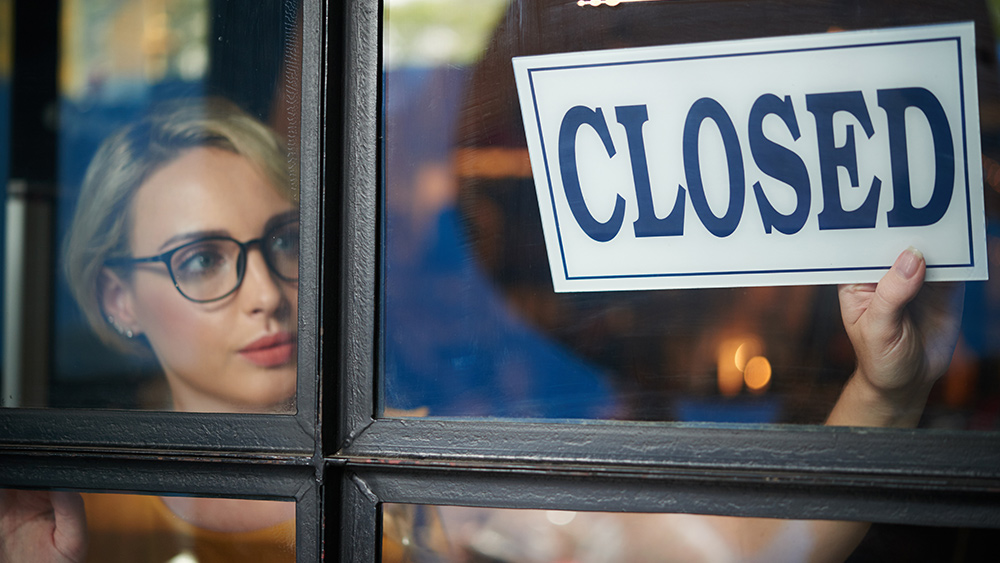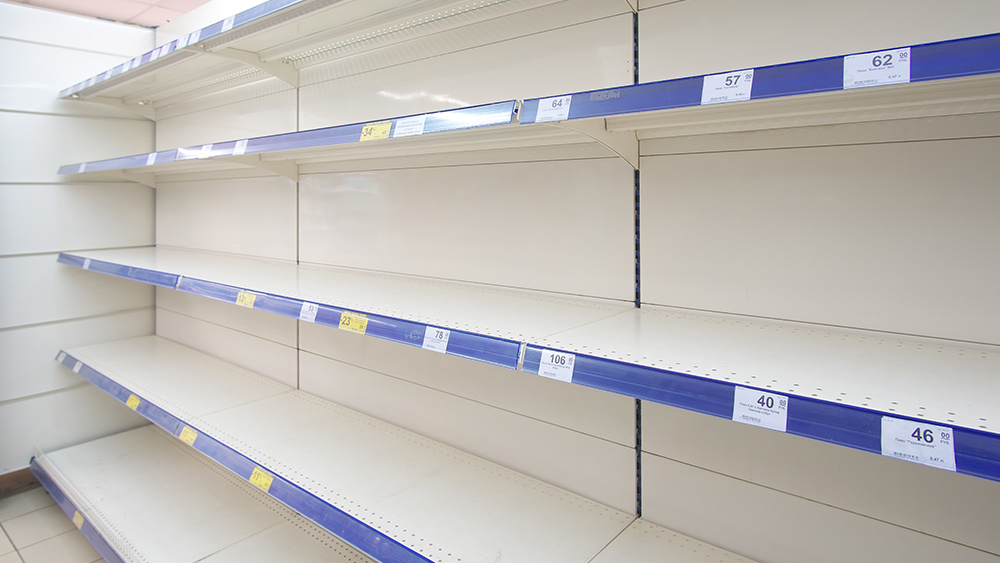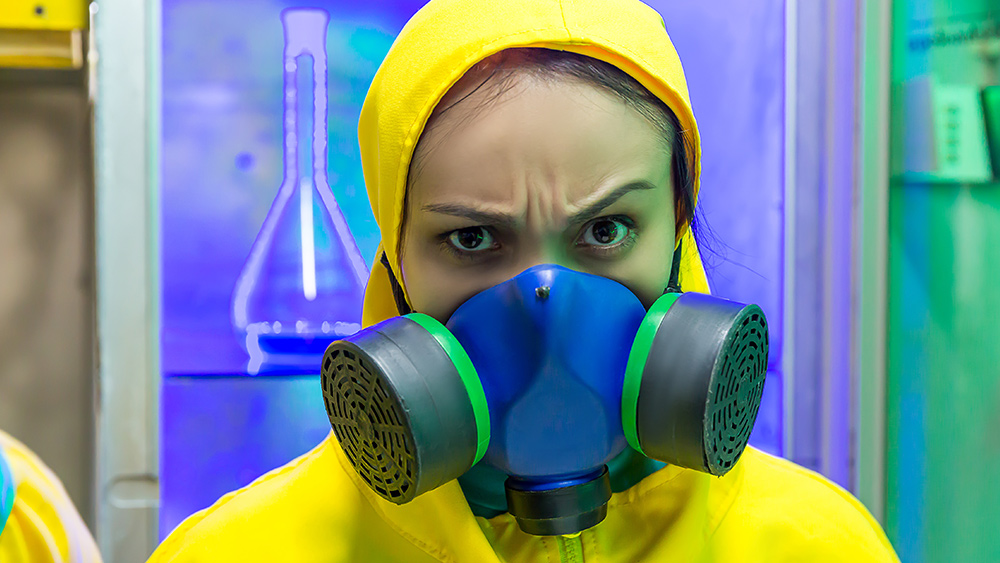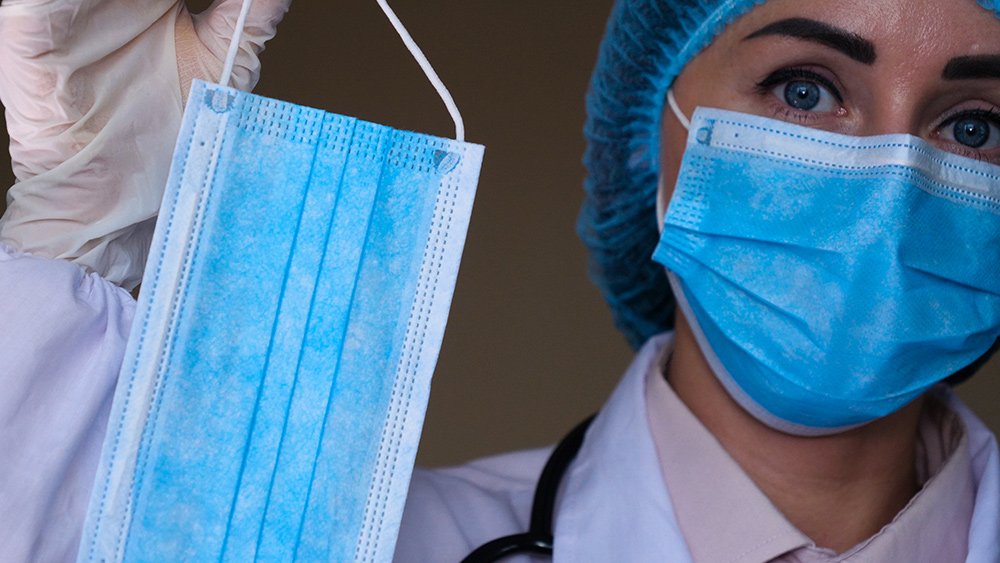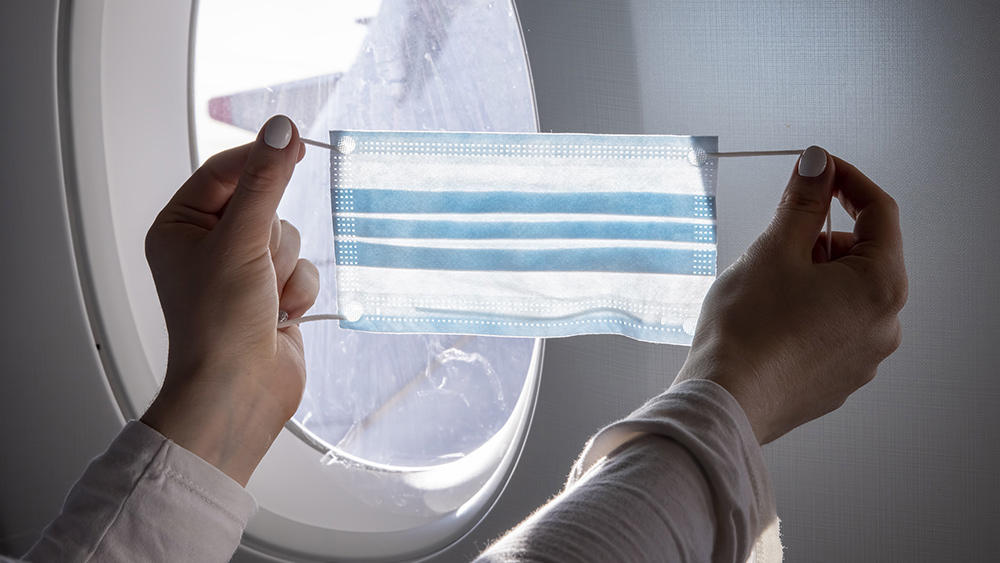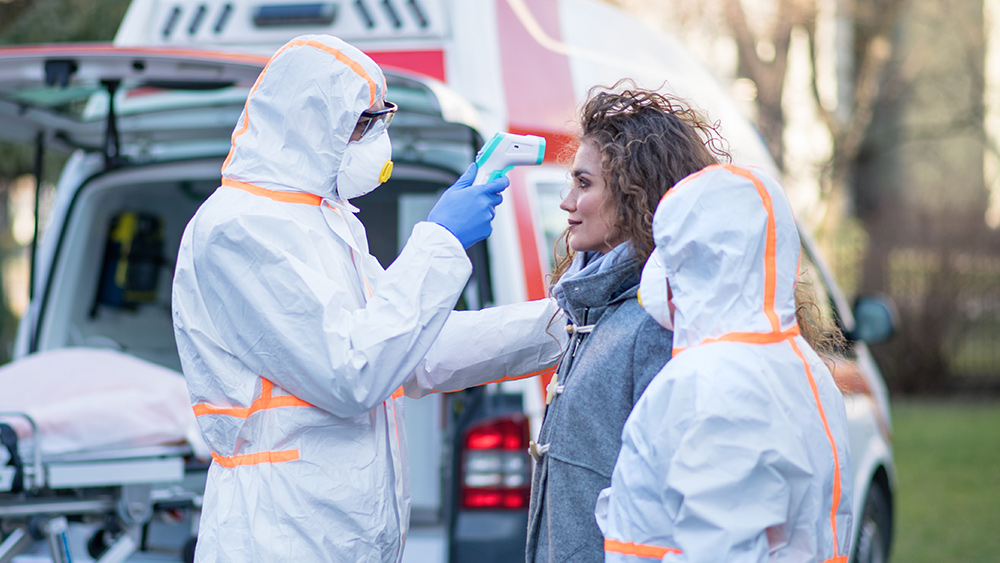Report: US will be overwhelmed with coronavirus cases, virus testing FAILING
03/16/2020 / By Darnel Fernandez

The new coronavirus pandemic could push healthcare facilities to their limits as no state will have enough room to handle a sudden surge of coronavirus patients, USA Today reported. Their analysis, based on data from the American Hospital Association, U.S. Census, Centers for Disease Control and Prevention (CDC) and World Health Organization (WHO), revealed that there would only be one existing hospital bed for every six coronavirus patients.
“Unless we are able to implement dramatic isolation measures like some places in China, we’ll be presented with overwhelming numbers of coronavirus patients – two to 10 times as we see at peak influenza times,” said James Lawler, a researcher from the University of Nebraska and the Global Center for Health Security.
Not enough beds
Business Insider reported that the U.S. has around 95,000 intensive care unit beds available for use. However, Lawler claims that there is no healthcare facility in the U.S. that can absorb an overwhelming number of patients.
COVID-19 is a flu-like disease caused by a member of the coronavirus family that is closely related to the SARS and MERS viruses that have caused outbreaks in the past. The disease is caused by a virus designated as SARS-CoV-2 by the Coronavirus Study Group (CSG) of the International Committee on Taxonomy of Viruses. COVID, on the other hand, is short for “coronavirus disease.”
As of writing, the CDC reports that a total of 1,629 Americans have been diagnosed with COVID-19, with 41 coronavirus-related deaths. Analysis by USA Today estimated that 23.9 million Americans could contract the virus. The estimation is based on an infection rate of 7.4 percent, but experts claim that the number is much higher.
An influx of coronavirus patients could be manageable if the spread is handled over a longer period of time. However, if the spread comes at a rapid pace — similar to the initial outbreak in China — it could completely overwhelm the U.S. health care system.
“We can’t approach this like I approach a game of checkers with my 10-year-old grandson,” said Michael Osterholm, director of the Center for Infectious Disease Research and Policy at the University of Minnesota. “We have to approach this like a chess master thinking 10 to 15 moves down the board.”
Nationwide testing “is failing”
In an effort to combat the spread of coronavirus, states like Colorado have instituted drive-thru coronavirus testing, similar to what is done in South Korea, to streamline the testing process. However, demand for the testing severely outstripped the supply. This novel method, making its debut in the state of Colorado on Wednesday, was quickly overwhelmed. (Related: South Korea’s coronavirus testing spree is keeping its death rate low.)
Many residents from Denver flocked to the new testing facility, which has seen success overseas. However, the medical team on site could not handle the sudden influx of patients. At one point on Thursday, the line of cars waiting for their turn lasted for about four hours until they finally had to call off service for the day.
All efforts done to contain the outbreak have been severely hampered by the country’s inability to provide widespread testing. According to the New York Times, early tests for coronavirus sent to various states by the CDC proved to be flawed, and the constant delays continued since then.
“The system is not really geared to what we need right now, what you are asking for. That is a failing,” said Anthony Fauci, leader of the National Institute of Allergy and Infectious Diseases. “It is a failing. I mean, let’s admit it.”
“The idea of anybody getting it easily the way people in other countries are doing it; we are not set up for that. Do I think we should be? Yes. But we are not,” he added.
Sources include:
Tagged Under: China, coronavirus, covid-19, Flu, Hospitals, infections, outbreak, pandemic, superbugs, virus
RECENT NEWS & ARTICLES
COPYRIGHT © 2017 COLLAPSE.NEWS
All content posted on this site is protected under Free Speech. Collapse.news is not responsible for content written by contributing authors. The information on this site is provided for educational and entertainment purposes only. It is not intended as a substitute for professional advice of any kind. Collapse.news assumes no responsibility for the use or misuse of this material. All trademarks, registered trademarks and service marks mentioned on this site are the property of their respective owners.



